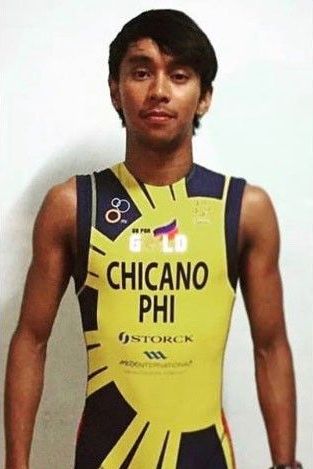CHINA’S Ambassador to the Philippines Zhao Jianhua was attending the first anniversary celebration of the Presidential Anti-Corruption Commission in Malacañang last Wednesday when he said in an interview on the sidelines of the Malacañang event: “China is committed to peacefully settle the disputes we have and we are working very well in managing our different views.” He affirmed China’s resolve to settle any dispute through peaceful means and expressed hope for further progress in the maintaining peace in the region.
The ambassador was obviously responding to a statement from United States (US) Secretary of State Michael Pompeo that the US vows to defend the Philippines against armed attack in the South China Sea. It was the first time any US official had publicly stated the US intends to defend the Philippines in the South China Sea. The PH-US Mutual Defense Treaty of 1951 had specifically provided for mutual defense action “in case of “an armed attack in the Pacifica area.” But Secretary Pompeo now declared that “as the South China Sea is part of the Pacific,” the defense treaty covers the South China Sea.
It is in the South China Sea where the Philippines and four other ASEAN nations – Vietnam, Malaysia, Indonesia, and Brunei Darusallam – have conflicting claims with China over certain islands.
In the Malacañang interview, Amabassador Zhao declared there is no need to “worry over China attacking anybody because it is not our policy. China, he said, has never waged any attack against the Philippines in the over one thousand year history of relations between China and the people of the islands.
The ambassador cited the goodwill in the relations between China and various Philippine kingdoms and sultanates from way back in 1,000 AD, starting with Rajah Kilig of Butuan who sent several missions to China. More missions were sent by Sultan Paduka Batara in 1417, with the sultan himself visiting Emperor Yongle. The sultan died from cholera while in China and was buried among the Ming emperors in Shantung province.
There is a today a tomb in Jolo with a stone tablet paying homage to “Pei-Pei Hien” or “honorable fountainhead,” a title given to Poon Tao Kong, an officer of the great Chinese navigator Changho who sailed to the South Seas of the Pacific long before the European explorers.
As far as the Philippines is concerned, China has always been peaceful and brotherly towards it, Ambassador Zhao said. As for the South China Sea, he said, “80 percent of China’s trade with the rest of the world passes through the South China Sea. Hence we should understand its concern that this route be kept free and open.”
The ambassador’s words should assure those who fear a rising of tension in the South China Sea following Secretary Pompeo’s declaration that the US will defend the Philippines under the 1941 Mutual Defense Treaty “as the South China Sea is part of the Pacific.”
We welcome the assurance of Secretary Pompeo. At the same time, we welcome Ambassador Zhao’s own assurance that the world has nothing to fear from China as it in China’s own interest that peace is maintained in the South China Sea.
The ambassador spoke of the proposed Code of Conduct which China and the ASEAN nations are now working on to help manage their differences and maintain peace and stability in the region. They agreed on the framework of the proposed Code of Conduct as early as 2017. Greater efforts should now be exerted to finalize the Code of Conduct to make it a strong and firm part of the overall structure of peace in the region.



